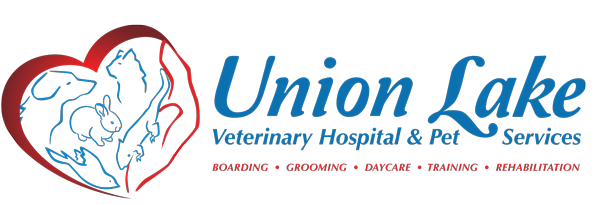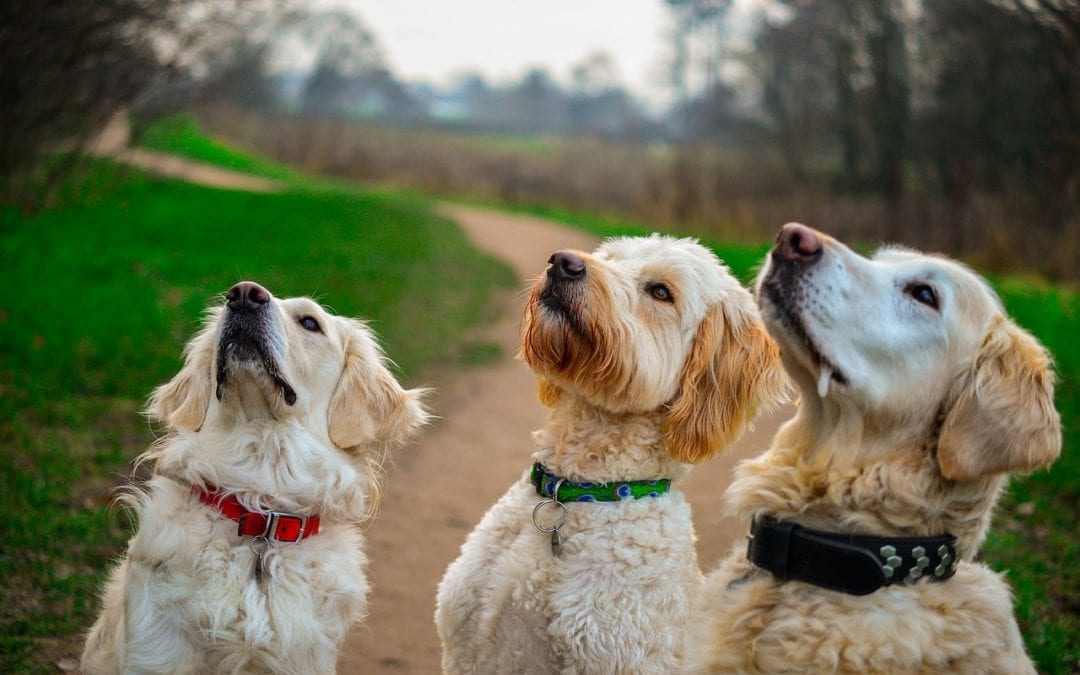From the largest of mammals kept in zoos , to those furry little hamsters running on their exercise wheels, we understand that mental and physical enrichment play a significant role in the emotional and physiological well-being of all animals. As a pet owner, you may notice times when your pet seems bored – perhaps during the holidays when the morning walks to the park came to a halt, or when you have been engrossed in work and haven’t been very attentive to your pet’s needs.
When it comes to our dogs, cats, and other pet companions, we can sometimes take for granted their willingness to lounge on the rug or sofa in lieu of physical exercise. Likewise, we may get stuck in our own routine and ignore the fact that our dog just doesn’t seem that into the morning walk route or that our cat has turned our keyboard into his personal landing pad.
‘My Pet Seems Bored’ and Other Common Observations
As you likely know, all animals have instinctual behaviors. You may have noticed how much your dog or cat likes like to stalk, roam, investigate, and root out new smells. These natural expressions are vital to the physical and psychological health of your pet.
Our pets need to run, stretch, leap, explore, forage, interact, burrow, dive, and hunt. And, while many of our pets have been domesticated for thousands of years, these instincts and behavioral expressions remain. So, in a contained environment we become – in a way – our pet’s greatest resource of these natural expressions. This is why our pets may seem “bored” when there are few opportunities to play or express themselves. We may need to be the catalyst to provide additional stimulation and enrichment.
Ways to Add Enrichment to Your Pet’s Routine
Thankfully, we now have a greater understanding of the importance of pet enrichment and can provide interesting, challenging, and new outlets for our pets through toys, puzzles, games, and regular opportunities for socialization.
If you are looking for ways to jazz up your pet’s daily exercise routine and provide mental stimulation, we suggest some of the following:
Treat and food puzzles – There are numerous treat or food puzzles available for both cats and dogs that can provide a challenging mental exercise with a super-tasty reward.
Walks to the park – Your dog will benefit greatly from daily (or twice daily) walks to the park or around the neighborhood where both physical and mental enrichment can be provided (and all of those wonderful smells!). Don’t forget to mix up your route there and on the way home!
Canine agility course – High energy breeds like sporting, herding, and working dogs will really appreciate the challenge of an agility course (and since dogs love to be praised, this is a great way to give him some kudos while he successfully tackles the course). These can easily be built in your backyard, or you can find an agility club and train your pup socially.
New toys – If your pet isn’t interested in the catnip mouse or ball anymore, perhaps you need to get creative and try out some new toys. After a while, many pets lose interest in old toys and benefit from having these swapped out with something new and interesting.
New activities – Our pets love it when we get into the action with a game of chase, hide-and-seek, or other interactive game (and it provides exercise for humans and pet companions alike!).
Socialization – Indoor pets can feel isolated. Consider inviting friends and family to the home, especially those with well-behaved pets, to keep your pet socialized and offer new smells, sounds, and experiences.
Cage toys and exercise wheels – Don’t forget those small fur friends! Rats, mice, hamsters, guinea pigs, and other ‘pocket pets’ require mental and physical engagement for their health. Consider adding tunnels, chew toys, wheels, and other fun items to keep them active and engaged.
By providing physical and psychological enrichment, you help keep your pet healthy and avoid many behavioral problems that can be attributed to boredom or frustration. Through activity and interaction, we may also gain a better understanding of our pet and what makes him or her happiest.
Now, go have some fun!

